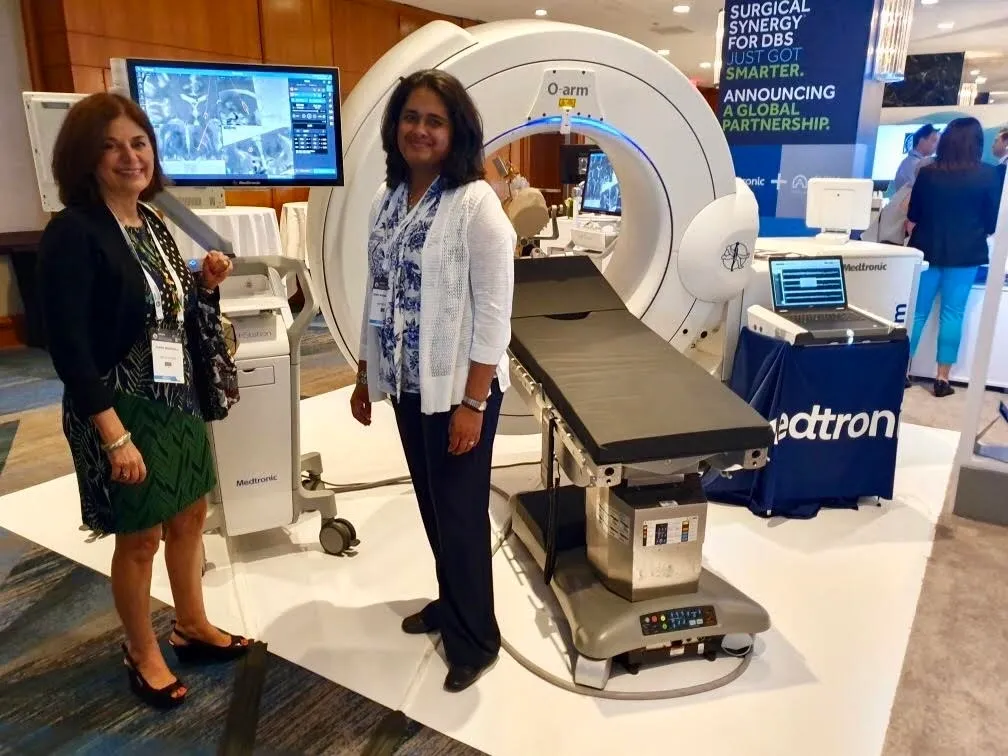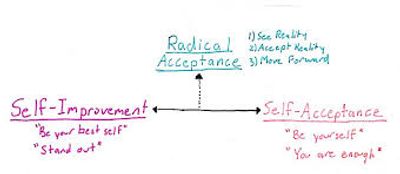Differences Between Eating Disorders and Body Dysmorphic Disorder
.webp)
Eating disorders (ED) and body dysmorphic disorder (BDD) both revolve around issues with body image. However, these conditions differ on a wide range of dimensions that will be discussed below. Individuals with BDD are preoccupied with their appearance and spend a lot of time worrying about perceived flaws. Individuals with ED spend a lot of time focused on weight, body shape and food, such as in anorexia, bulimia and binge-eating disorder. Both engage in behaviors to change either their perceived flaw or their weight/size/shape respectively. At the end of the day both are trying to improve their body image.
In terms of emotions, both conditions have self-conscious emotions like shame, disgust, anger, and anxiety. BDD and ED both focus on appearance. Both conditions have behaviors in common, such as checking oneself in the mirror, asking others about their appearance, camouflaging the body to hide perceived defects, and avoiding places and activities. Both conditions tend to have thoughts based on appearance. Individuals with BDD or ED can have low self-esteem, highly value perfection, be sensitive to rejection, be more prone to anxiety, and be more introverted than others.
In BDD there tends to be higher rates of suicide and depression. BDD involves a preoccupation with perceived defects in specific parts of one’s appearance (e.g., nose shape, being symmetrical) while ED focuses on the size and weight of the body and specific body parts (e.g., the stomach, thighs and buttock area). ED can have additional behaviors such as restricting calories, binge eating, or purging after meals. ED also tends to have more thoughts based on weight, eating, and food. Those with ED tend to be more cooperative and less competitive as well as more structured and organized. The following table highlights the differences and similarities between ED and BDD.
Eating Disorders vs. Body Dysmorphia: Similarities and Differences
Emotions:
Both Disorders involve self-conscious emotions: shame, disgust, anger, anxiety. However in BDD there is higher suicidality and more severe depression
Obsessions:
Both disorders involve defects in one’s appearance
In BDD: preoccupation with perceived defects in specific parts of one’s appearance (may or may not involve the body)
ED: focus on size and weight of body and specific body parts
Compulsions:
In both disorders, there is mirror checking, reassurance seeking, picture taking, camouflaging of body to hide perceived defects; avoidance of places and activities
ED: Restricting calories, binge eating, purging after meals, usage of laxatives, excessive exercising
Cognitions:
Both disorders display low insight; high overvalued ideation
BDD: Cognitions based more on appearance
ED: Cognitions based on appearance (shape, body parts), weight, eating, and food
Neurobiology:
In both disorders, there is a bias toward more detailed visual information than global; abnormal visual system processing. In anorexia there is also bias towards detailed visual info.
BDD: Reduced dopamine receptor availability in the striatum
ED: Normal or increased dopamine receptor availability in the striatum in anorexia, depending on acute or recovered status.
Personality:
In both disorders there is introversion, social anxiety, low self-esteem, rejection sensitivity, perfectionism, obsessive compulsiveness, neuroticism, and anxiety.
BDD: Lower levels of agreeableness and conscientiousness
ED: Higher levels of agreeableness and conscientiousness
Treatment:
In both disorders, CBT and SSRIs are used.
BDD: May need exposure-response therapy (ERP)
ED: May require nutritional medical provider, Family-Based Therapy for Anorexia
If you think you may have an eating disorder or body dysmorphia, please click on the links to our surveys below.
Survey on Body Dysmorphia: https://biobehavioralinstitute.com/body-image-quiz
Survey on Eating Disorders:
https://biobehavioralinstitute.com/eating-disorder-quiz
If you endorsed several of these items, you may have symptoms of body dysmorphia or an eating disorder. While this can be overwhelming to think about, you are not alone, and treatment is possible.
Treatment for body dysmorphic disorder and eating disorders
Cognitive behavioral therapy (CBT) and medications such as selective serotonin reuptake inhibitors (SSRIs) can be effective for treating body dysmorphic disorder as well as eating disorders. Therapy involves modifying intrusive thoughts and beliefs about physical appearance (cognitions) and eliminating problematic body image behaviors. Medications can reduce or eliminate cognitive distortions, depression, anxiety, negative beliefs, and associated behaviors. Cognitive restructuring, exposure and response prevention, and behavioral experiments have been shown to be effective in improving body dissatisfaction, distress, and avoidant behaviors in those with body dysmorphic disorder or eating disorders. For underweight individuals with anorexia nervosa, weight restoration is often a critical first goal. Therapy approaches like family-based treatment may be helpful for some adolescents with anorexia, where interpersonal psychotherapy and CBT have been effective for treating bulimia and binge eating disorder. Treatment can also vary by the individual's relationship to food, as those who are preoccupied with food and eat compulsively may benefit from ERP compared to stimulus control for weight loss treatment in obesity. We at Bio believe effective treatment must target core self-schemas related to achieving an internalized ideal of attractiveness in both BDD and ED. Thus, it is important to work with providers who are knowledgeable about both types of conditions. It is also important to receive a proper diagnosis of body dysmorphic disorder and/or an eating disorder in order to receive effective treatment.
More Blog Posts

PSYCHIATRIC INTERVENTIONS: MULTIDISCIPLINARY APPROACH TO PATIENTS WITH PSYCH DISEASE
.webp)
Positive Clinical Psychology - Part II

RADICAL ACCEPTANCE

You can experience life again. Let’s take steps together.
At Bio Behavioral Institute, we’re here to be your team and get you back to the life you deserve. Schedule your consultation and take the first step towards a more meaningful life.
Call our office at 516-487-7116 or complete the form to schedule your consultation.
